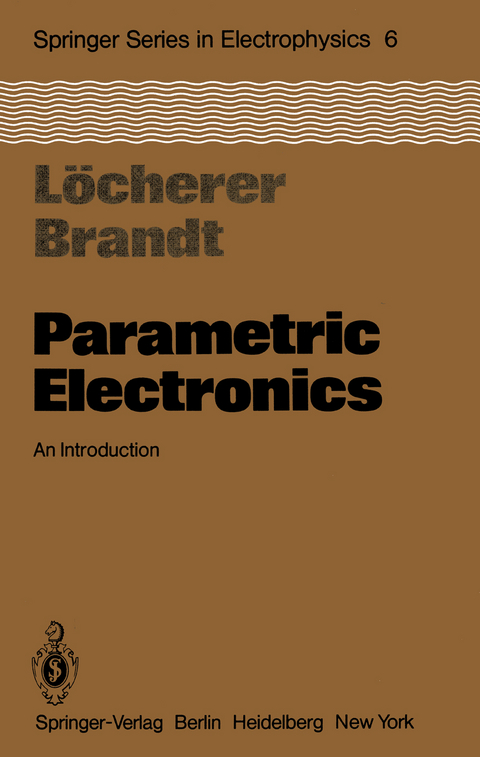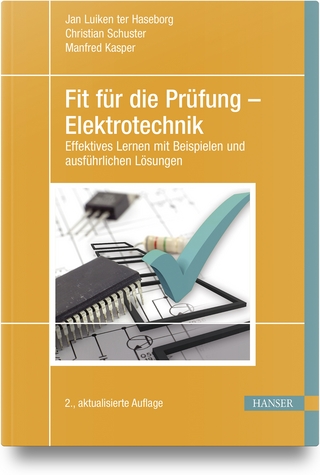
Parametric Electronics
Springer Berlin (Verlag)
978-3-642-67939-1 (ISBN)
1. Introduction.- 1.1 The Parametric Principle.- 1.2 Problems.- 2. Lumped Nonlinear Reactances.- 2.1 Capacitances.- 2.2 Inductances.- 2.3 Problems.- 3. Distributed Nonlinear Reactances.- 3.1 Ferroelectrics.- 3.2 Nonlinear Magnetics.- 3.3 Electron Beams.- 3.4 Superconductors.- 3.5 Piezoelectrics.- 3.6 Problems.- 4. Basic Relations for Parametric Circuits.- 4.1 The Manley-Rowe Power Relations.- 4.2 The Basic Three-Frequency Circuit.- 4.3 The Small-Signal Conversion Equations.- 4.4 Large-Signal Conversion Equations.- 4.5 Problems.- 5. Signal Performance of Single-Varactor Diode Parametric Circuits.- 5.1 Three-Frequency Converters.- 5.2 Four-Frequency Converters for Small-Signal Operation.- 5.3 Large-Signal Converters.- 5.4 Small-Signal Behavior of the Three-Frequency Amplifier.- 5.5 Large-Signal Effect with Amplifiers.- 5.6 Problems.- 6. Fundamentals of Electronic Noise.- 6.1 Noise - What Is It?.- 6.2 Noise Sources in Communication Transmission Systems.- 6.3 Noisy Four-Poles.- 6.4 Noise Measurement Techniques.- 6.5 Problems.- 7. Noise Performance of Single-Varactor Diode Parametric Circuits.- 7.1 Noise Sources in Parametric Circuits.- 1.2 Converters.- 7.3 The Amplifier.- 7.4 Problems.- 8. Multiple Controlled-Reactance Parametric Circuits.- 8.1 Lumped Elements.- 8.2 Distributed Elements.- 8.3 Problems.- 9. Applications of Parametric Circuits.- 9.1 Parametric Amplifiers.- 9.2 Parametric Converters.- 9.3 Problems.- Appendix : Calculation of pn-Diode Barrier Capacitance.- References.- List of Symbols.
| Erscheint lt. Verlag | 10.12.2011 |
|---|---|
| Reihe/Serie | Springer Series in Electronics and Photonics |
| Zusatzinfo | XII, 330 p. |
| Verlagsort | Berlin |
| Sprache | englisch |
| Maße | 152 x 229 mm |
| Gewicht | 504 g |
| Themenwelt | Technik ► Elektrotechnik / Energietechnik |
| Technik ► Maschinenbau | |
| Schlagworte | Circuit • Electronics • Kapazitätsvariationsdiode • microwave • Parametrischer Verstärker |
| ISBN-10 | 3-642-67939-0 / 3642679390 |
| ISBN-13 | 978-3-642-67939-1 / 9783642679391 |
| Zustand | Neuware |
| Haben Sie eine Frage zum Produkt? |
aus dem Bereich


